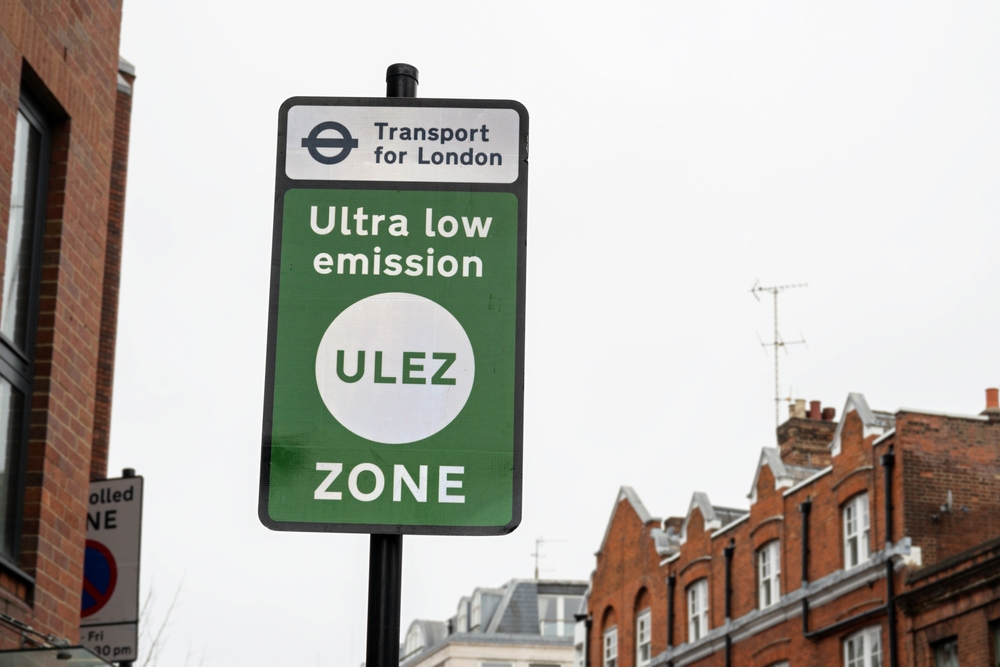Air pollution in London has fallen sharply since the city’s Ultra Low Emission Zone (ULEZ) came into force in 2019, a new study reveals, revealing the policy’s far-reaching impact on clean air.
The research, led by the University of Birmingham, shows that harmful nitrogen pollutants have fallen dramatically across the capital, and even in areas outside the zone’s original boundaries.
While the findings confirm that ULEZ has made real progress in fighting toxic gases, scientists warn that London’s air quality remains above safe levels set by the World Health Organization (WHO), meaning the fight for truly clean air is far from over.
Significantly reduce toxic emissions
Researchers analyzed air quality data from 124 monitoring sites in the city and found that nitrogen dioxide (NO₂) and nitrogen oxides (NOx), the two most harmful pollutants produced by vehicle exhaust, decreased sharply after ULEZ’s debut.
Within just three months of its launch in April 2019, NO₂ levels were reduced by around 20% and NOx by around 29% at roadsides in central London.
The impact extended far beyond the zone itself. Areas that will later be included in the 2023 ULEZ expansion are already starting to have cleaner air, suggesting spillover effects from the central zone.
However, when researchers evaluated the latest expansion measures, they found no significant further reductions. The researchers believe this is due to a phenomenon they call the “expectancy effect,” where drivers upgrade their vehicles ahead of the policy rollout.
Cleaner cars, less polluting vehicles
This study used data from Transport for London (TfL) to assess how driver behavior has evolved in line with policy.
When ULEZ was first introduced, 39.1% of vehicles in central London were non-compliant with emissions standards, meaning they were being charged a daily fee. Within three months, that number had dropped to 27.5%.
By 2023, prior to the zone expansion, just 7.4% of vehicles across Greater London were classified as non-compliant, but this had fallen again to 4.2% within three months of the new boundaries coming into force.
This steady decline highlights how ULEZ has accelerated the transition to cleaner vehicles and reshaped the city’s transportation landscape.
Machine learning provides new insights
To ensure accuracy, the University of Birmingham team used advanced machine learning models to separate the effects of weather and other environmental variables from the direct effects of the ULEZ.
By analyzing several years’ worth of hourly pollution data, the researchers were able to isolate the impact of the policy itself, confirming that the introduction of ULEZ in 2019 was the main driver of London’s improvement in air quality.
The study’s lead author, postdoctoral researcher Chengxu Tong, said these benefits are widespread and show that environmental policies in one part of a city can produce broader neighborhood improvements.
Progress has been made, but the air is still not clean.
Despite the ULEZ’s apparent success in controlling harmful emissions, the study highlights that air pollution in London still exceeds WHO guidelines.
Fine particulate matter (PM2.5) – small particles that can enter the lungs and bloodstream – remains high across the capital.
Co-author Dr Suzanne Bartington says more comprehensive action is needed to tackle pollutants not directly addressed by the current ULEZ framework.
“While it is encouraging that ULEZ reduced NO2 and NOx pollution across London during the study period, there are ongoing public health concerns in London and many major cities around the world.
“It is important to emphasize that the current ULEZ approach does not fully address critical transport-related public health issues such as PM2.5 pollution.
“As a result, we should consider more active travel and a modal shift to public transport to reduce the number of vehicles on the road, which could reduce non-tailpipe-related PM2.5 emissions and improve public health.”
The road ahead
The University of Birmingham team concludes that while ULEZ is an important milestone in London’s fight against air pollution, it is not a complete solution.
The industrial, commercial, residential and agricultural sectors must also take concerted action to bring London’s air quality in line with global health standards.
As the nation’s capital continues to expand its environmental policies, this study offers reason for optimism and a reminder that the path to cleaner air is far from over.
Source link

